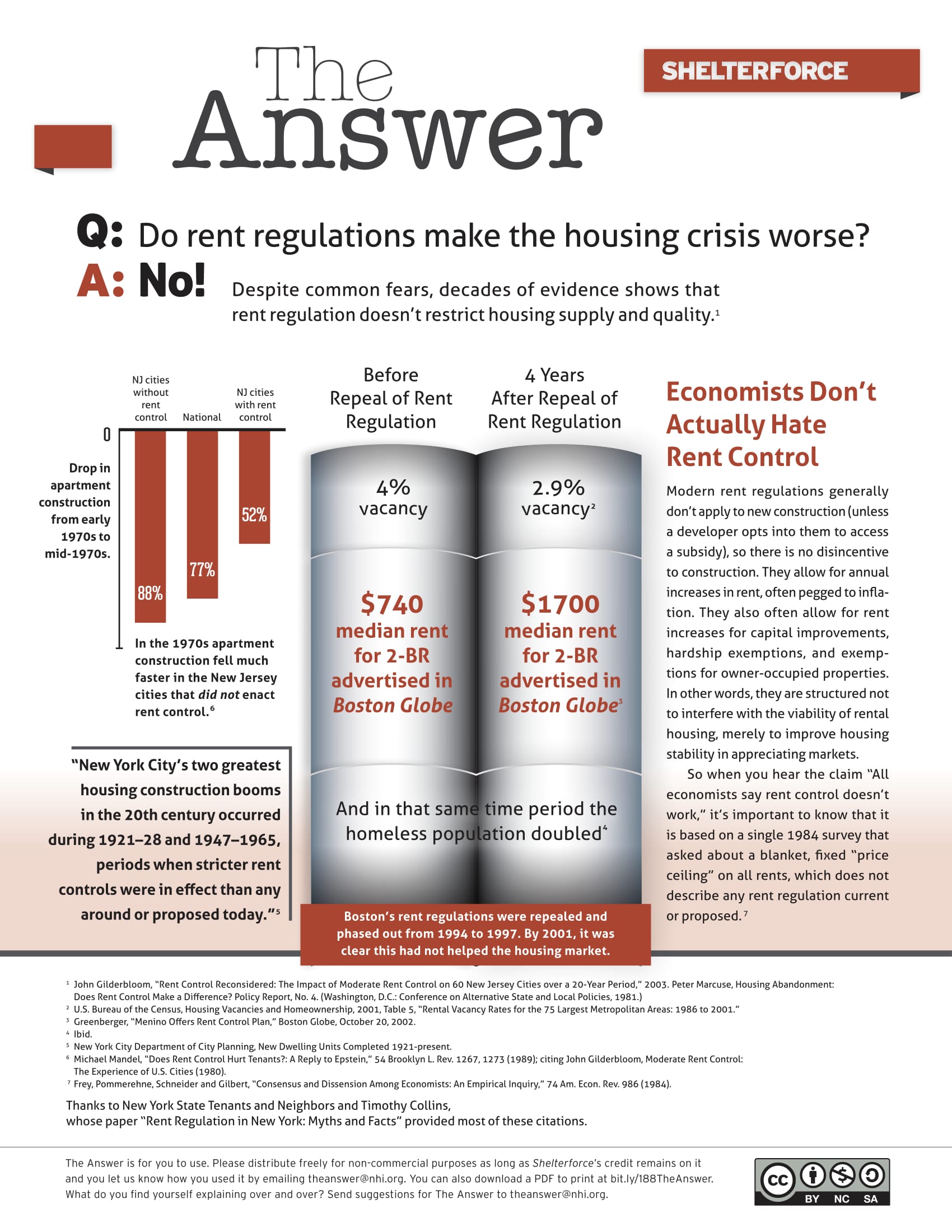
Photo by duncan c via flickr, CC BY-NC 2.0.
If you own and/or manage affordable housing, do you know what to do if ICE (Immigration and Customs Enforcement) shows up at your doorstep looking for someone? We’ve written before about how immigration is a community development issue—focusing mostly on the positive side of working with different cultures and languages. But the role of ICE in immigrant communities and how your organization relates to it is also important. If you haven’t thought it through yet, now’s the time. Punitive immigration “enforcement” has been stepped up throughout the past year, with raids often targeting longtime community members.
The rhetoric around the concept of Sanctuary Cities often makes it sound like there are only two routes when dealing with ICE—active cooperation, or civil disobedience ala the Underground Railroad (though the latter may well also be called for). But people well versed in civil rights say that merely holding ICE to legal behavior and protecting the rights of tenants can go a long way, given how often ICE agents attempt to enter a home without legal authority, based on an assumption of compliance or bullying and bluster.
“ICE operates on fear and ignorance,” says Sam Moss, executive director of the Mission Housing Development Corporation, in San Francisco.
Moss expected increased immigration raids after the election of Donald Trump and his anti-immigrant rhetoric. But he figured he probably had a few months to get ready.
Instead, a mere two weeks after the inauguration, ICE showed up at one of Mission Housing’s properties attempting to serve a deportation warrant. They first went to the neighboring community center, and then to the apartment building, where they were not let in due to the coincidence of no one working the door at the time.
But Moss knew right then the organization had to step it up. Staff placed signs on the doors of their buildings directing ICE agents to him and his lawyers for verification of warrants before entry could be allowed.
“Generally our responsibility is to uphold our legal obligation to protect the privacy and confidentiality of our tenants and clients,” says Fernando Marti of the Council of Community Housing Organizations in San Francisco, which has been collecting its members’ ICE response protocols. “A valid search warrant is needed to grant access to ICE agents, but needs to be verified by senior staff and attorneys, as on-site property management staff may not be trained to verify the legal validity of such documents.”
Things that do not include valid search warrants that require entry: warrants for deportation, immigration detainers, or search warrants not signed by a federal judge or specifying time, date, and specific search items. (Note: This is not legal advice.)
Episcopal Community Services of San Francisco has developed a protocol that says staff are not to let ICE officers into any nonpublic ECS space and are to take the following steps: If there appears to be a valid search warrant, they are to call in management to verify it before proceeding. If there isn’t, they are to tell the officer they won’t disclose any information about clients, they do not consent to ICE’s presence, and that the officers should now leave. They are to then call supervisors, document what happens, and call the city’s Rapid Response Network that tracks ICE activity in the city. The ECS staff training also includes instructions on how to support tenants during a search if one does happen, and how to safely record ICE activity.
Moss suggests that Mission Housing employees just point to the posted sign, which has his contact information on it. That way, “employees can say ‘It’s not on me,’” he explains. “I don’t expect you stand in front of an armed ICE officer. I don’t even expect them to talk to ICE. They can physically point to a sign that has my contact info on it. [Then] get out of the way and call me and I’ll come over with our team and our lawyer.”
Moss himself is more than happy to stand in front of that ICE officer. “It shouldn’t be a matter of whether you stand as a gatekeeper protecting tenants, it should only be a question of how,” he says, passionately. “I will throw myself in front of ICE to protect my tenants. I’m not worried about losing subsidy. I think it’s been shown that’s not really a worry right now. You need to be worried about the safety of your tenants.”
Mission Housing has been complementing its own stepped-up preparedness with Know Your Rights trainings for tenants, neighbors, employees, and anyone else in the housing field who wants help (the materials they use are available here—they are available for use, and you’re welcome to rebrand them with your own organization’s logo). This isn’t new to them, after all. San Francisco has many immigrants and a long history of immigrant activism. “We’re extremely well versed when it comes to the rules on illegal entry, seizure,” says Moss, who has the head of the Rapid Response Network on his board.
Importantly, “ICE knows that we know that. Once we publically let it be known that we’ve doubled down on this, they haven’t been back.”
They might come to your doorstep, however. Moss points out that in places that might have a lower concentration of immigrants and less activist infrastructure, being prepared and learning your legal rights is even more important as ICE agents in those places will assume they can get away with more through intimidation and misrepresentation. He’s offering a workshop on this at the Housing Justice Network conference this week and says he’s happy to talk through how to set up response protocols with other colleagues as well. You can also check out the New York Lawyers in the Public Interest’s Guidance to Nonprofits Regarding Immigration Enforcement.
Nonprofits are often nervous to go out on a limb, but this should be basic responsible property management across political persuasions. After all, it is not necessarily about “getting in ICE’s way,” Moss says, but about “making sure ICE is following the legal guidelines of entry, which they don’t often do.”
Has ICE visited your properties? Do you have protocols in place for your staff to handle such a visit?






Comments